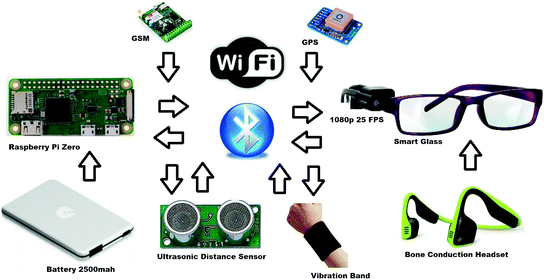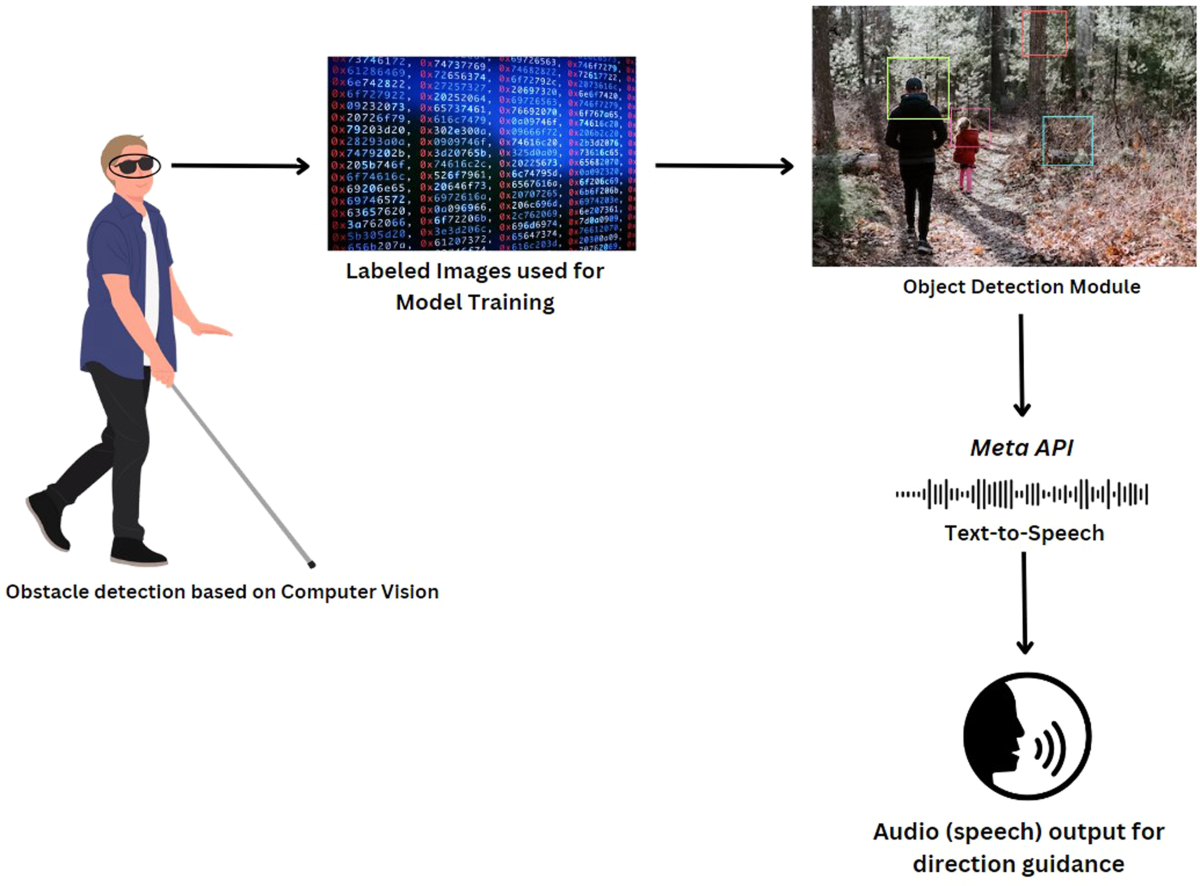Ingenious Solutions in Assistive Technology for Visual Problems
The landscape of assistive innovation for aesthetic disability is evolving swiftly, providing a series of innovative solutions that improve accessibility and freedom. From sophisticated smartphone applications that assist in navigation to wearable tools designed for real-time guidance, these devices are reshaping the experiences of those with aesthetic disabilities. The integration of clever home modern technologies and educational resources has the possible to cultivate higher community interaction. The ramifications of these developments increase critical concerns about their ease of access and effectiveness in diverse contexts, calling for a better evaluation of their broader effect.
Improvements in Smartphone Applications
In the last few years, developments in mobile phone applications have actually substantially changed the landscape of assistive modern technology for people with visual problems. These applications utilize the powerful sensing units and capacities of modern-day smart devices to provide customers with tools that boost self-reliance and access in their every day lives.
Remarkable among these advancements are applications developed for object recognition, which utilize the smartphone's video camera to determine products and provide verbal summaries. Such functions equip individuals to browse their environments better, whether determining items in shops or finding personal items in the house. Furthermore, text-to-speech applications have boosted drastically, enabling individuals to catch published message through their device's video camera and receive split second sound comments, therefore helping with reading and understanding.
Community-driven applications have fostered social communication and source sharing amongst individuals with aesthetic problems, developing a supportive network that boosts their top quality of life. Overall, mobile phone applications have ended up being important allies in promoting autonomy and access for individuals with aesthetic disabilities.
Wearable Gadgets for Navigating
Wearable tools for navigation have become a groundbreaking service for individuals with aesthetic impairments, providing hands-free assistance that improves mobility and positioning. These tools normally use advanced modern technologies, consisting of GPS, ultrasonic sensing units, and synthetic intelligence, to give real-time feedback and direction to individuals as they navigate their setting.
One remarkable example of wearable navigating innovation is smart glasses, which can identify challenges and relay auditory or haptic feedback to the user, permitting secure and effective motion in different setups. Other tools, such as belts and vests furnished with sensing units, can in a similar way educate users of their environments by providing notifies concerning nearby objects or modifications in terrain.
In addition, numerous wearable devices incorporate with smart device applications, making it possible for individuals to customize their navigation choices and get tailored path suggestions. This personalization can dramatically enhance the customer experience, encouraging people to travel with higher self-confidence and freedom.
As technology continues to establish, the capacity for wearable navigation tools to improve the top quality of life for individuals with aesthetic impairments remains considerable, leading the means for even more comprehensive and easily accessible environments.
Smart Home Technology Combination

Furthermore, clever appliances geared up with tactile interfaces or acoustic responses offer intuitive interactions that cater particularly to the demands of those with aesthetic problems. Smart fridges can announce their materials and expiration days, while smart stoves can assist individuals with the cooking process with audio directions.
Home automation systems, such as clever buzzers and security cameras, offer assurance by enabling customers to receive informs and gain access to live feeds by means of their mobile phones, improving individual security (AI-powered visual aids). Furthermore, integration with smartphones and tablet computers guarantees that individuals can manage their home environment from anywhere within their properties
As smart home innovation remains to advance, it holds the potential to change the living experiences of individuals with visual impairments, cultivating self-reliance and boosting high quality of life in a progressively connected world.

Educational Tools and Resources
Accessibility to reliable academic devices and resources is vital for people with visual disabilities, as it equips them to involve fully in their learning experiences. Numerous assistive technologies have actually been established to enhance ease of access and foster independent discovering.
In addition, instructional software program especially created for visually damaged individuals offers features such as high-contrast settings and adjustable text sizes. These tools accommodate diverse discovering styles and guarantee that students can customize their academic experience to their requirements.
Furthermore, access to digital libraries and audio books increases the series of offered discovering products, allowing trainees to check out topics in deepness without the constraints imposed by conventional print resources. Collective systems that incorporate ease of access functions likewise help with group projects, ensuring that visually impaired pupils can add meaningfully alongside their peers.
Area Support and Engagement
A robust network of community assistance and engagement is necessary for people with visual disabilities, promoting a comprehensive environment where they visit homepage can flourish. Area companies, neighborhood campaigning for groups, and volunteers play a pivotal function in providing resources, information, and companionship, which are essential for improving the lifestyle for those affected by visual disabilities.
Involvement activities such as workshops, social occasions, and support system not only promote ability development however additionally promote social interaction, decreasing sensations of isolation. These eye exam specials efforts urge people to share successes, experiences, and difficulties, consequently reinforcing community bonds. Furthermore, collaborations with local organizations can lead to better accessibility in public areas, additionally incorporating individuals with visual impairments right into the neighborhood.
Innovation likewise enhances neighborhood involvement via on-line platforms that offer online support system and sources, permitting individuals to attach no matter of geographical barriers. By harnessing both in-person and electronic solutions, communities can develop a comprehensive support network. Inevitably, promoting partnership among numerous stakeholders-- consisting of households, educators, and medical care professionals-- makes certain that people with visual impairments get the alternative assistance needed to browse every day life successfully and with dignity.
Verdict
Cutting-edge options in assistive modern technology for aesthetic problems dramatically enhance the top quality of life for individuals encountering these obstacles. The integration of smartphone applications, wearable tools, wise home technology, and educational devices cultivates greater self-reliance and access.
The landscape of assistive technology for aesthetic disability is evolving quickly, offering a variety of innovative remedies that improve ease of access and independence. Community-driven applications have promoted social interaction and source sharing amongst people with aesthetic disabilities, developing a supportive network that improves their top quality of life. Generally, smartphone applications have ended up being important allies in promoting autonomy and availability for people with aesthetic impairments.
Numerous people with aesthetic problems are discovering greater freedom via the integration of smart home modern technology.Innovative services in visit here assistive technology for aesthetic impairment dramatically enhance the top quality of life for people dealing with these difficulties.